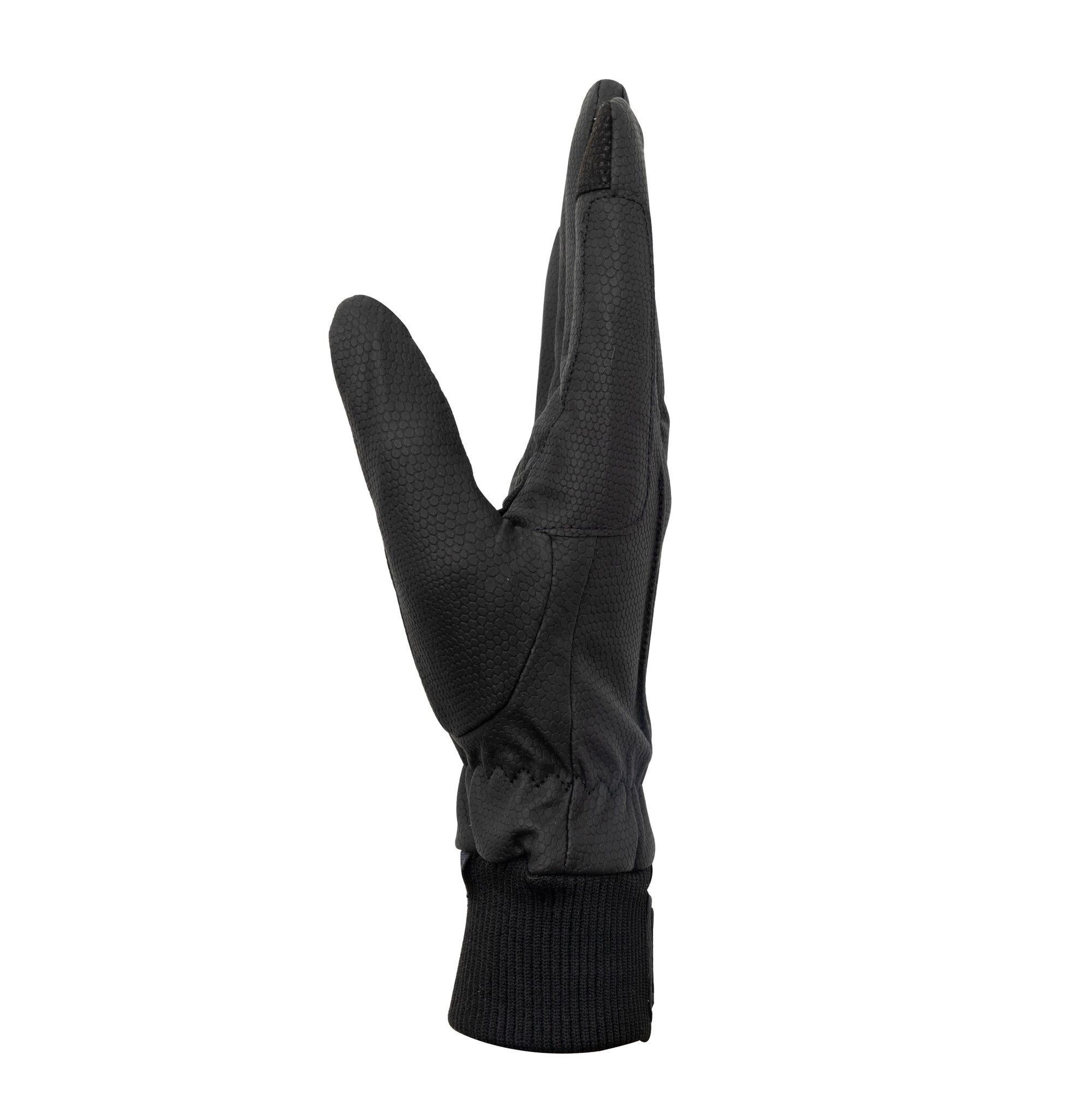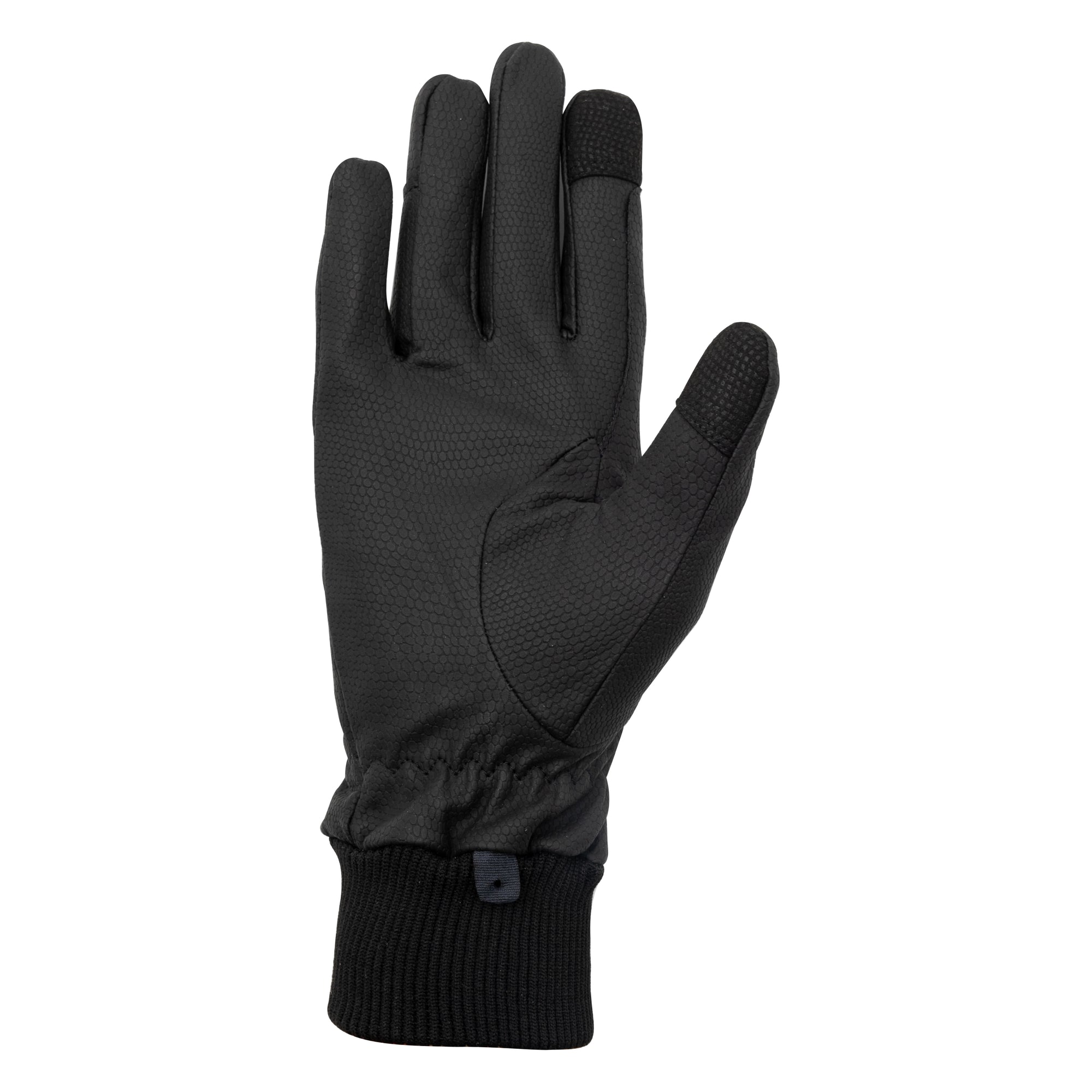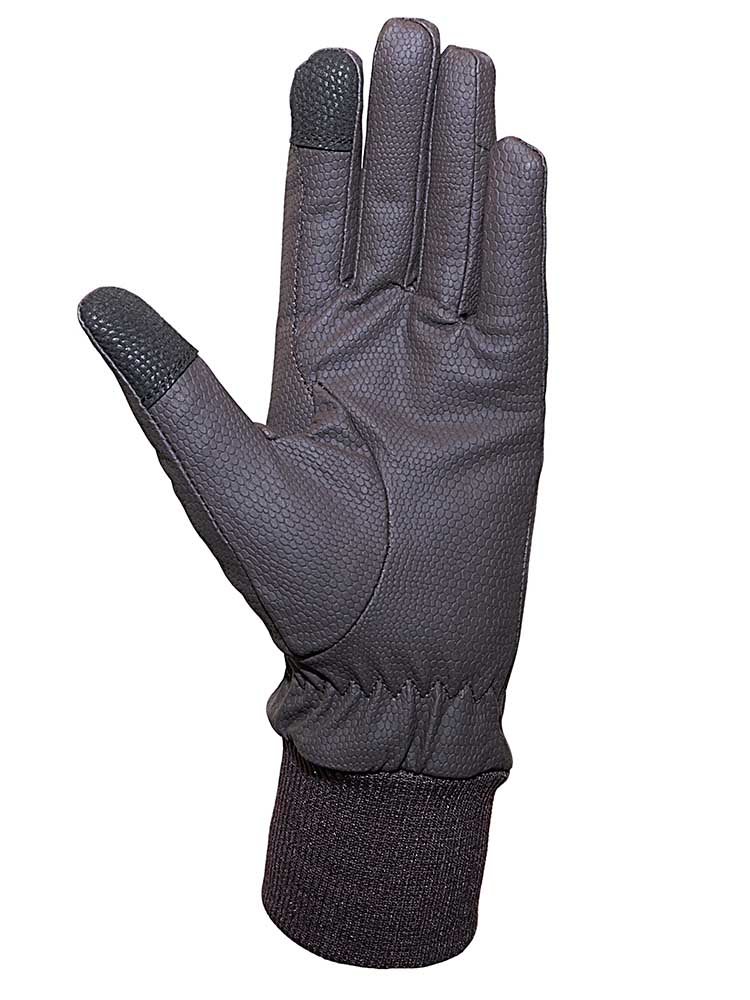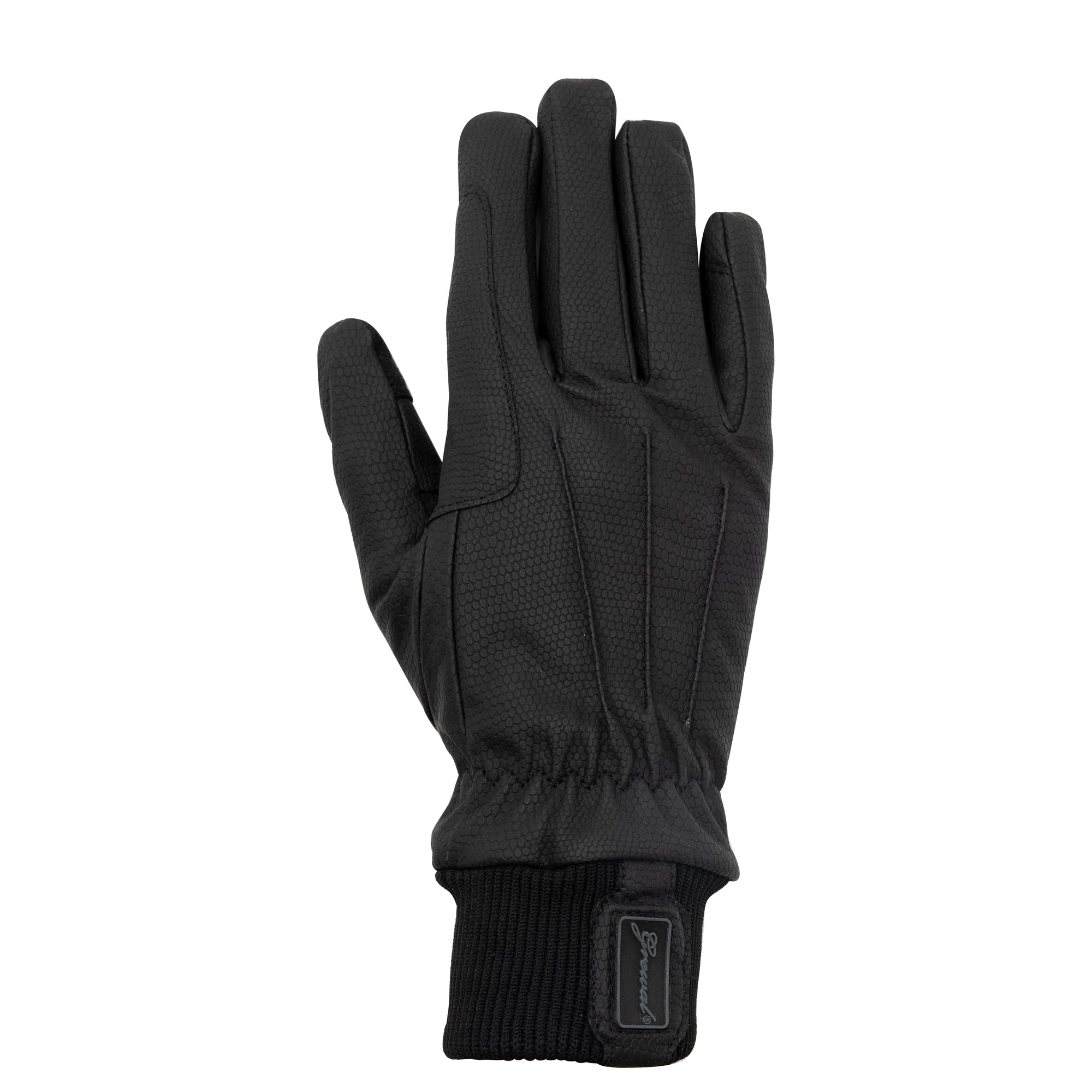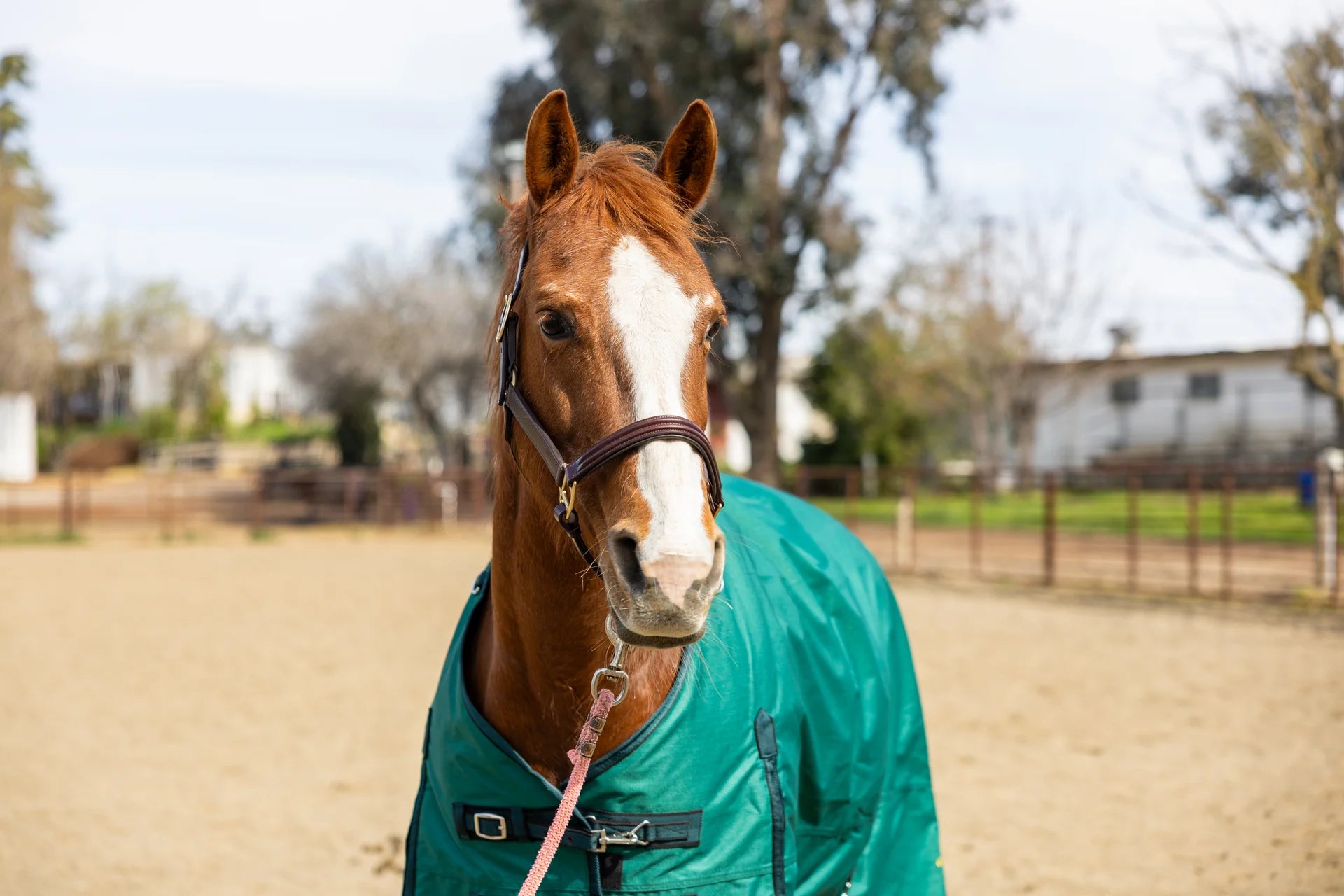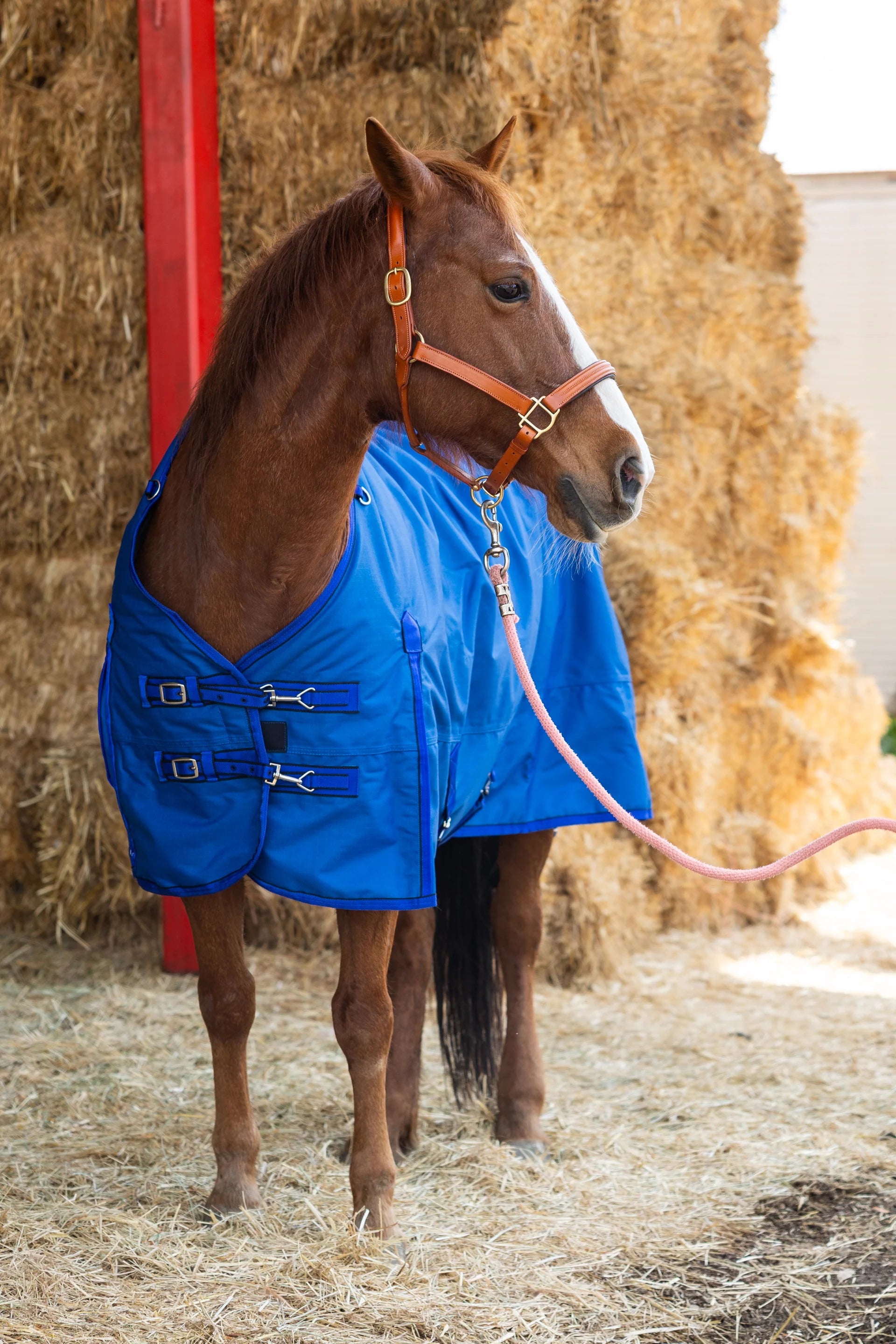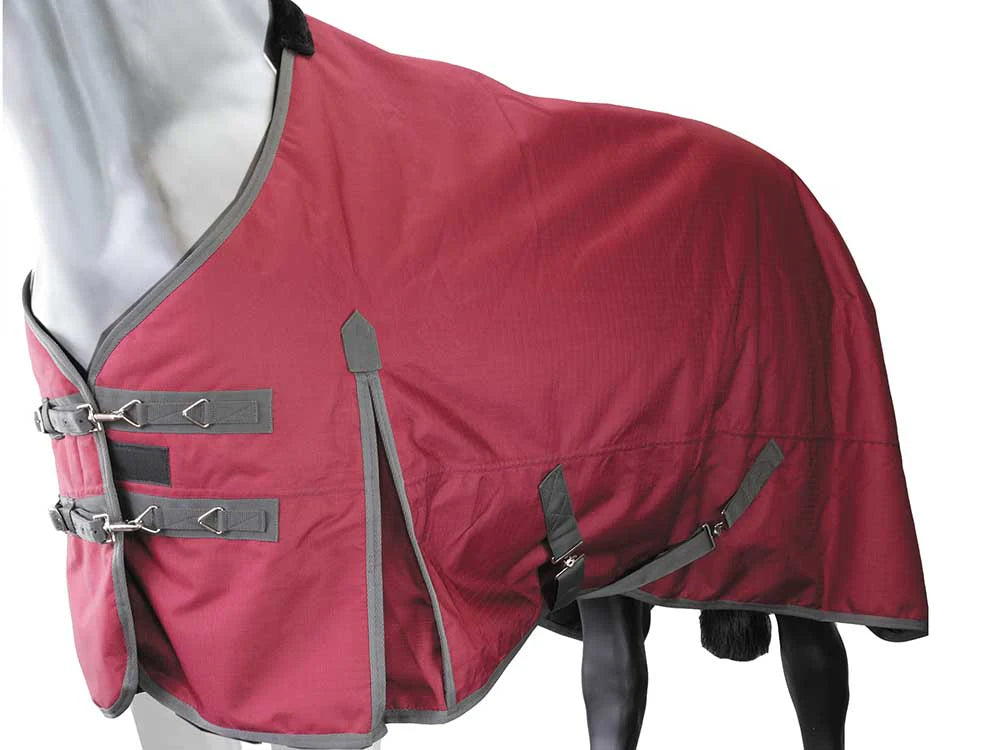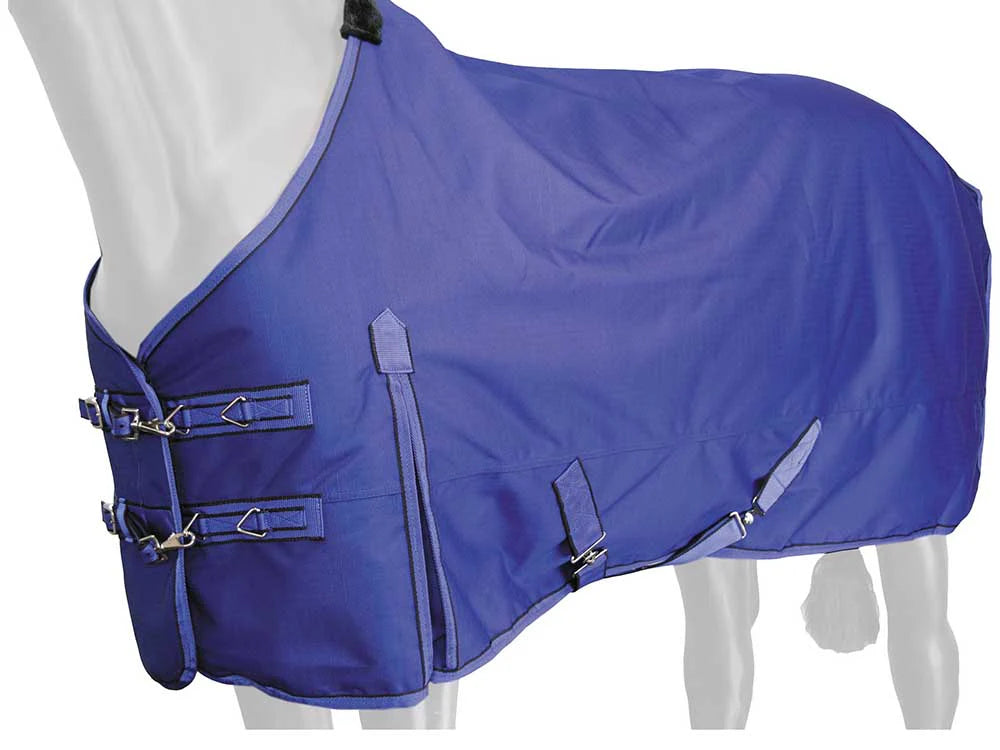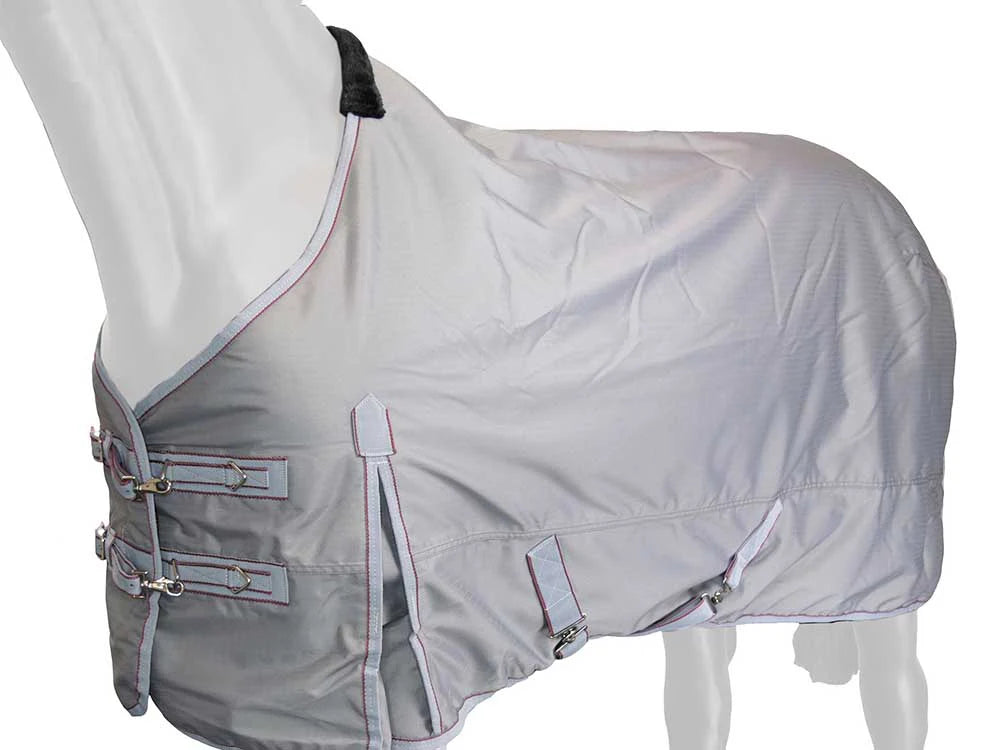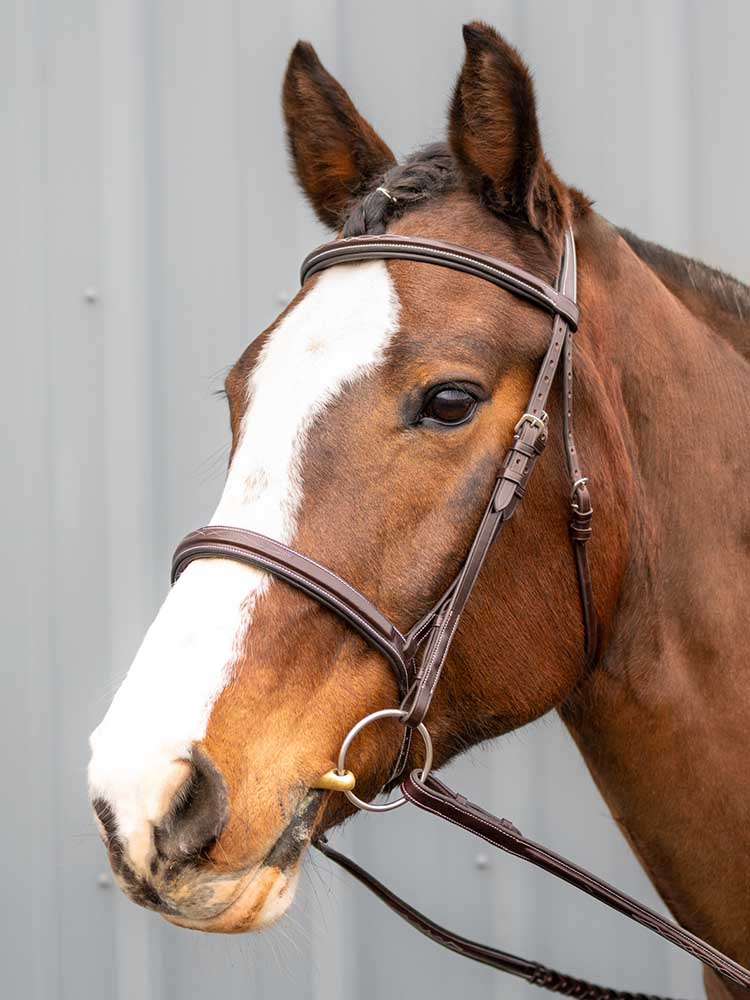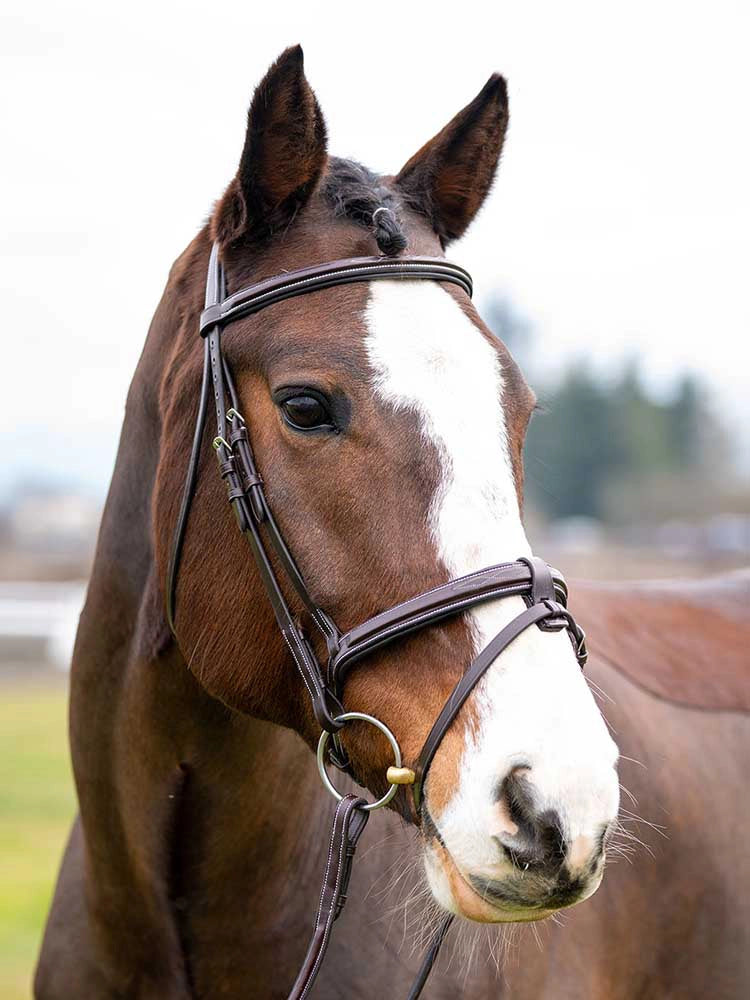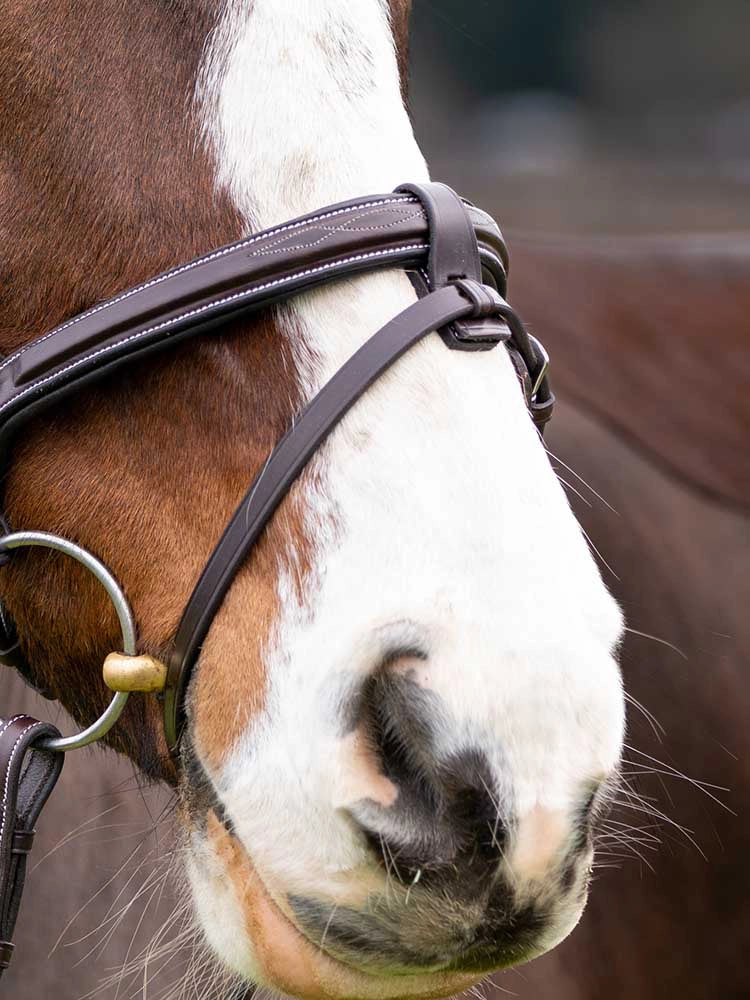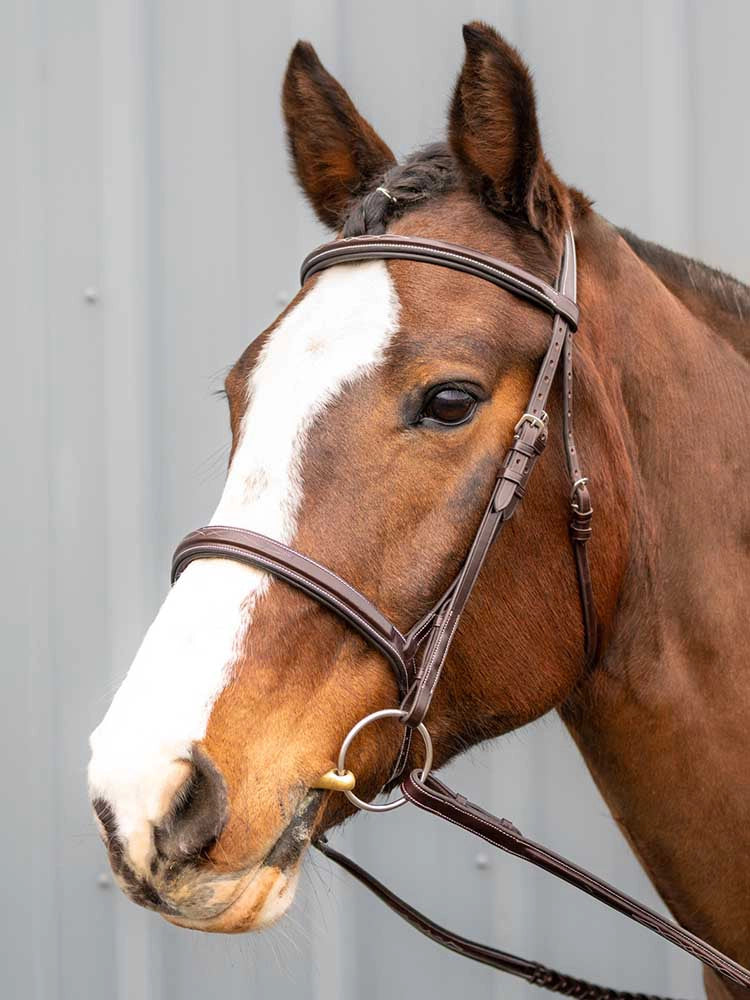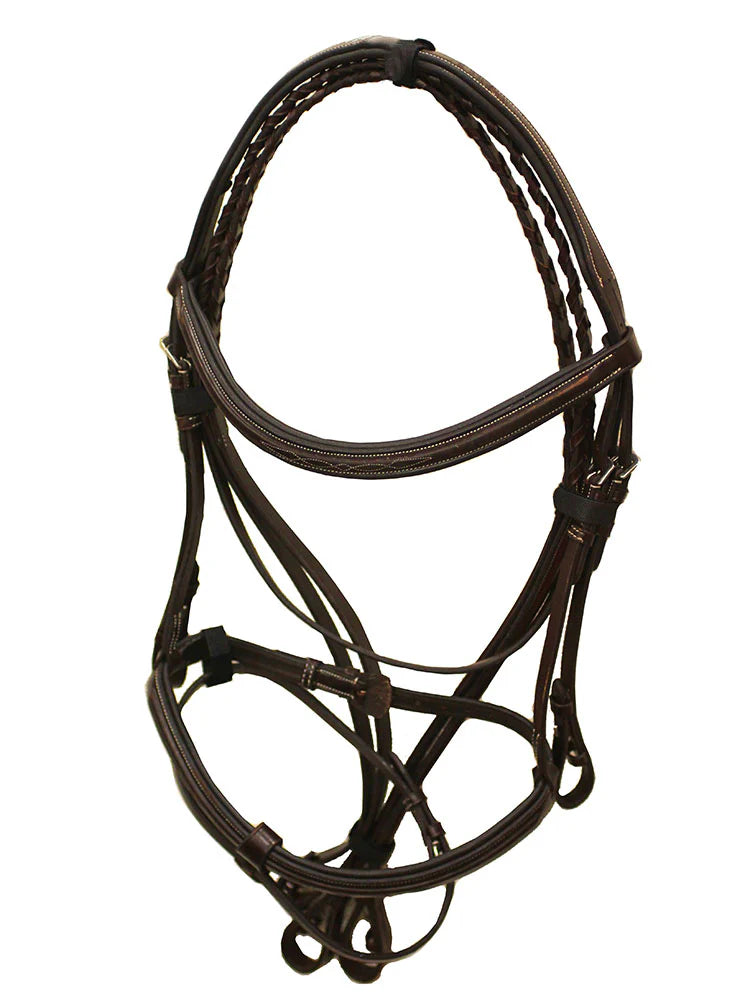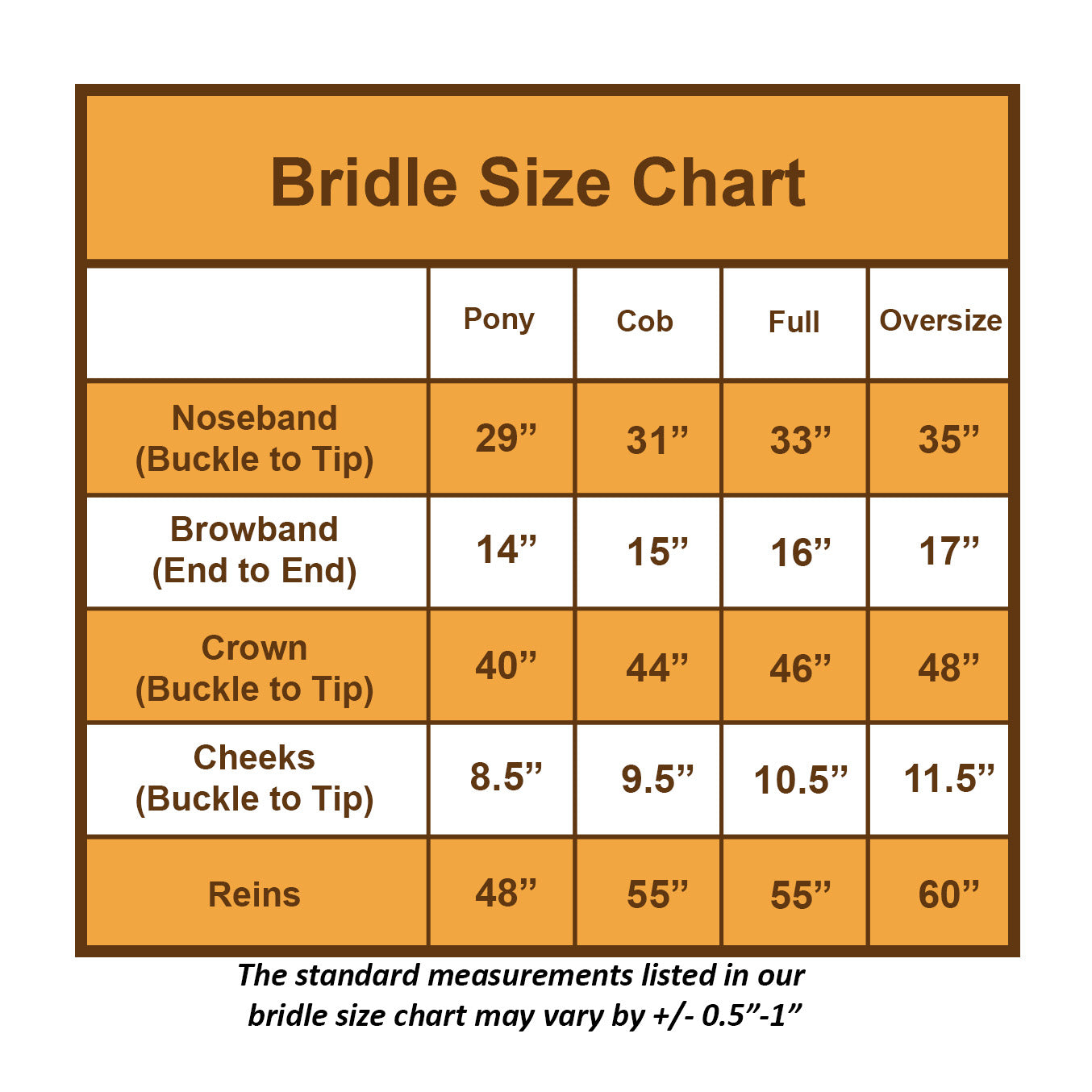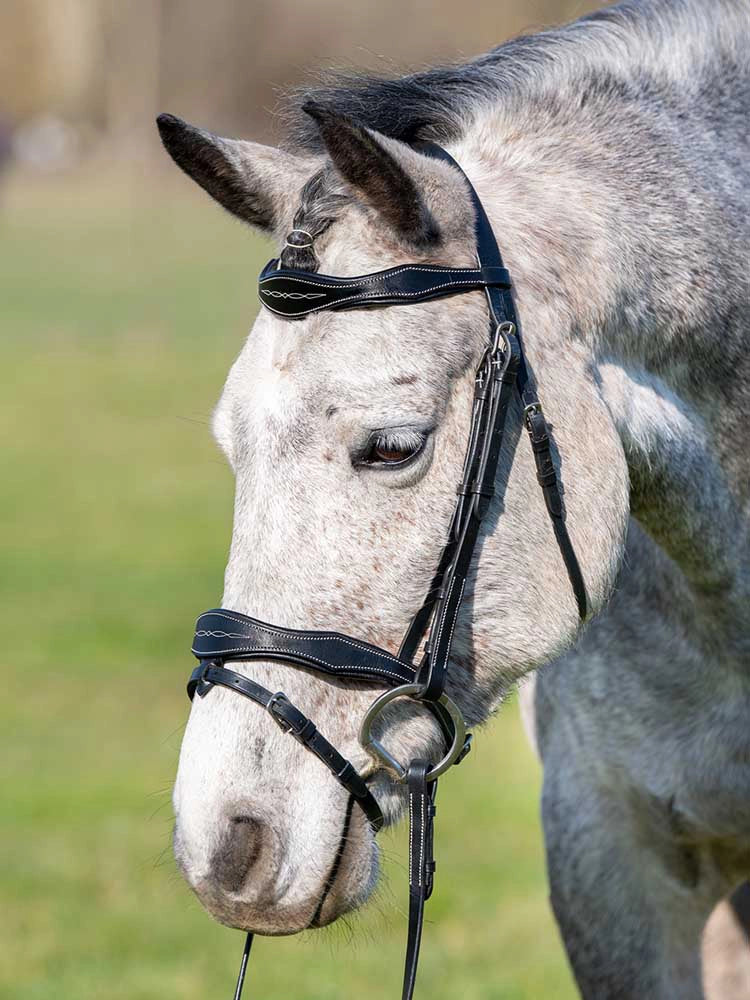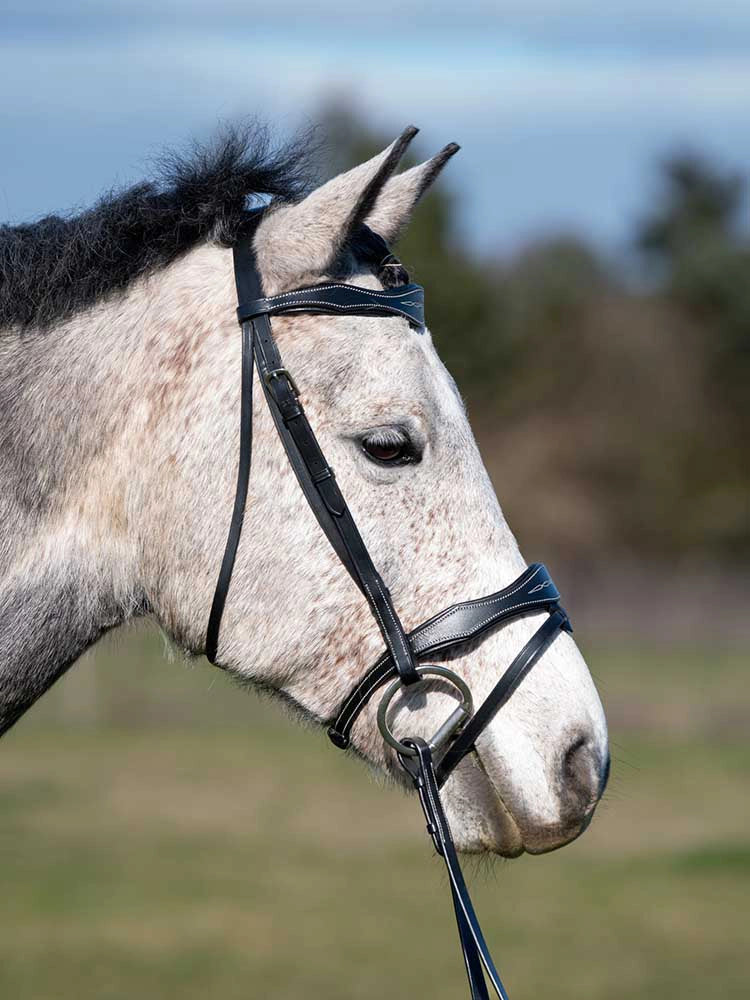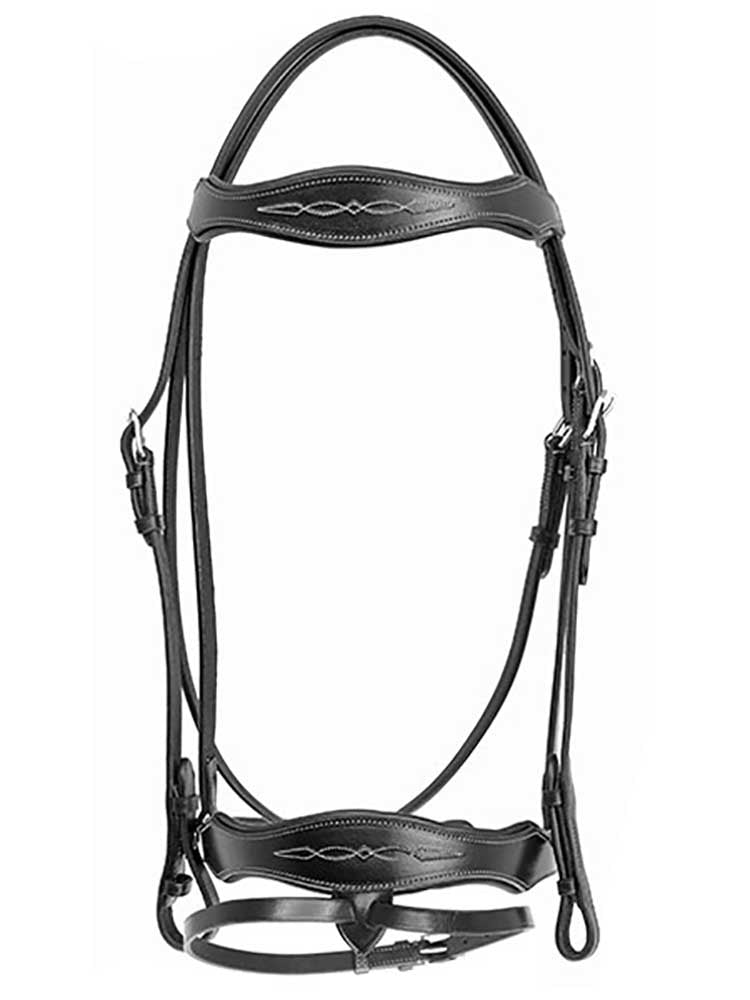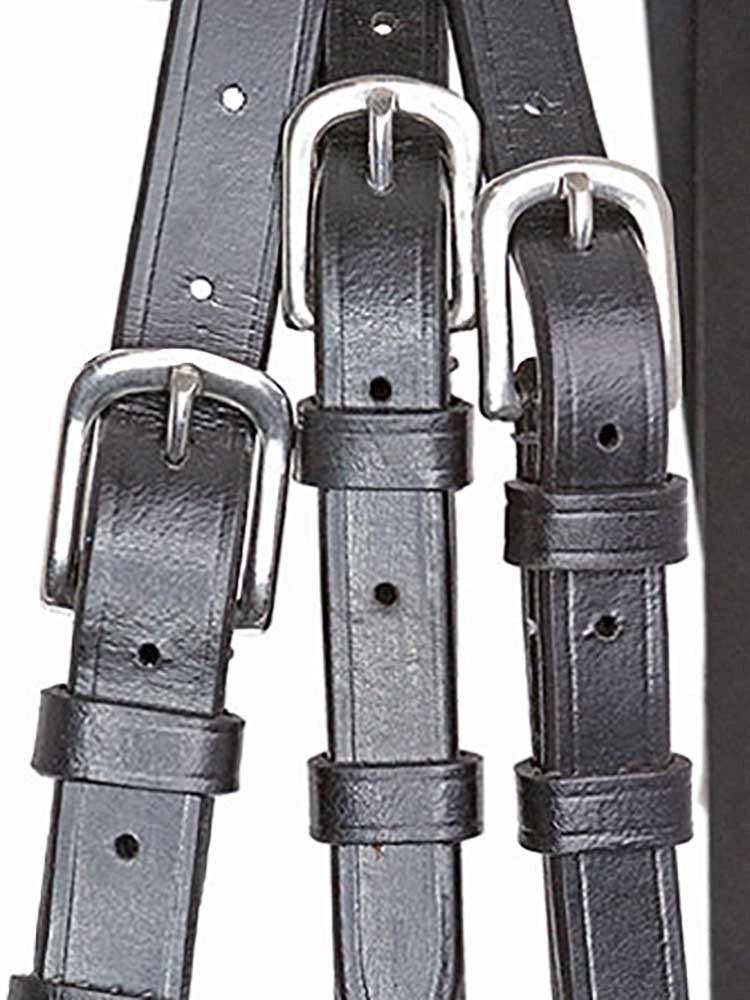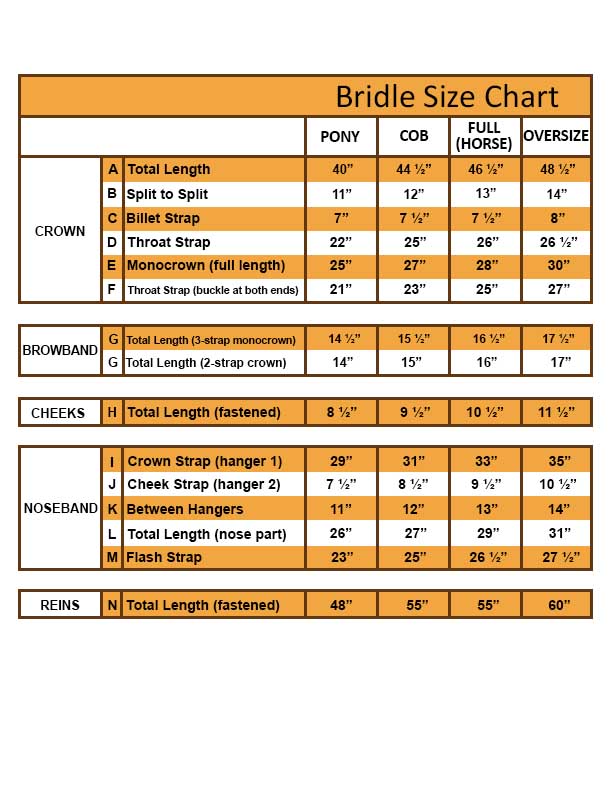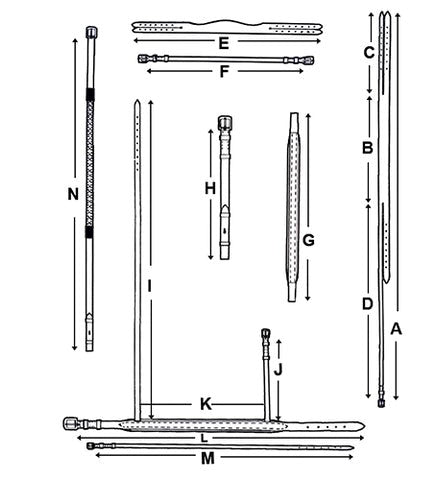When it comes to riding, the comfort and performance of your horse are paramount. One of the most essential yet often overlooked pieces of tack is the saddle pad. A well-chosen saddle pad can protect your horse’s back, improve saddle fit, and enhance your overall riding experience. In this comprehensive guide, we’ll explore how to pick the right saddle pad, understand sizing and fit, and share expert tips to help you make the best choice for your horse’s needs.
Ride Better. Protect More. Discover Your Perfect Saddle Pad Fit.
A saddle pad isn’t just an accessory. It’s a vital piece of gear that directly impacts your horse’s comfort and your riding effectiveness. Whether you’re schooling, trail riding, or competing, the right saddle pad can help prevent soreness and improve saddle stability.
For everyday use, the Grewal Equestrian Baby Saddle Pad is a popular choice for horses and ponies. This lightweight, moisture-wicking pad is perfect for keeping your saddle clean and your horse or pony comfortable during regular rides. Baby saddle pads are intended to be used under your English saddle's fleece pad to keep it clean. The Baby Saddle Pad collects less hair and is much easier to wash, making it a practical staple in any rider's stack trunk.
Why Proper Saddle Pad Sizing and Fit Matter
Choosing the right size saddle pad is crucial. A pad that’s too small won’t adequately protect your horse’s back, while one that’s too large can slip or bunch up, causing discomfort or even injury. The key is to find a pad that extends about 2 inches beyond your saddle on all sides.
Proper saddle pad fit is essential to support your horse's physical health by minimizing pressure points and reducing friction. It’s a simple way to help your horse perform better and stay pain-free.
Understanding Different Types of Saddle Pads
Saddle pads come in various styles, each suited for the specialized saddles in different disciplines, horses, and weather conditions:
-
English vs. Western Pads: English pads are usually thinner and closer fitting, ideal for dressage, jumping, and eventing, while Western pads are thicker and designed for showing, trail riding and ranch work.
-
Full vs. Half Pads: Full pads offer extensive coverage and protection, while half pads provide targeted cushioning under the saddle.
-
Everyday Cotton or Fleece Pads: Lightweight, breathable, and easy to care for, these pads are perfect for daily schooling rides. The Grewal Equestrian Baby Saddle Pad fits right into this category, offering moisture-wicking performance and durability without breaking the bank.
-
Specialty Pads: Some riders use pads with extra support or thermal properties for horses with back issues or during colder months.
Knowing your riding discipline and your horse’s unique shape will help you select the best type of pad.
How to Measure and Size Your Saddle Pad
Getting the right size is easier than you might think:
-
Measure the seat of your saddle: For English saddles, measure from the pommel to the center of the cantle as some saddle pads are sized by the seat size. For Western saddles, measure the distance from the back of the swell to the cantle stitching.
-
Pick a pad size: Saddle pads typically come in XS to L, which refers to the saddle seat size. Most English saddle pads are chosen by the shape and style of the saddle itself. For example, a dressage saddle pad is shaped to accommodate the longer, straighter saddle flaps. The pad should extend roughly 2 inches beyond your saddle in every direction.
| Size | Length (inches) | Suitable For |
|---|---|---|
| XS | 14 – 14.5 | Ponies, youth saddles |
| Small | 15 – 15.5 | Narrow or youth saddles |
| Medium | 16 – 16.5 | Average adult saddles |
| Large | 17.5+ | Wide or large saddles |
Breed-Specific Saddle Pad Fit Tips
Different horse breeds and conformations often require special consideration when choosing a saddle pad:
-
High-withered horses (like Thoroughbreds) benefit from pads with high-withered shaping for wither relief and extra cushioning to protect the withers from pressure and rubbing.
-
Round-barreled horses may need pads that offer excellent anti-slip properties to keep the saddle stable.
-
Horses with sensitive backs or previous injuries might need pads with extra padding or specialty materials.
Keep in mind that no pad replaces a properly fitted saddle—it’s an enhancement, not a fix.
Caring for Your Saddle Pads
Proper care extends the life of your saddle pads and keeps them performing at their best:
-
Wash regularly using mild detergent, avoiding bleach or harsh chemicals.
-
Remove hair before washing to prevent clumping with Grewal Equestrian's Super Groom Saddle Pad Cleaning Brush.
-
Avoid drying pads in direct sunlight or a dryer; air dry in a shaded, well-ventilated area instead.
-
Store pads flat or hung up to maintain shape.

What Riders Are Saying
“I love how lightweight and breathable the Grewal Baby Saddle Pad is. It’s perfect for everyday use and keeps my saddle clean under my fleece pads.” — Laura M.
“Finding a saddle pad that fits my horse’s high withers was a challenge until I tried a Grewal pad. Now my horse is more comfortable, and the pad stays in place during rides.” — Mark D.
If you want an affordable, versatile option, the Grewal Equestrian Baby Saddle Pad is an excellent choice for everyday use, combining moisture-wicking performance with easy care.



